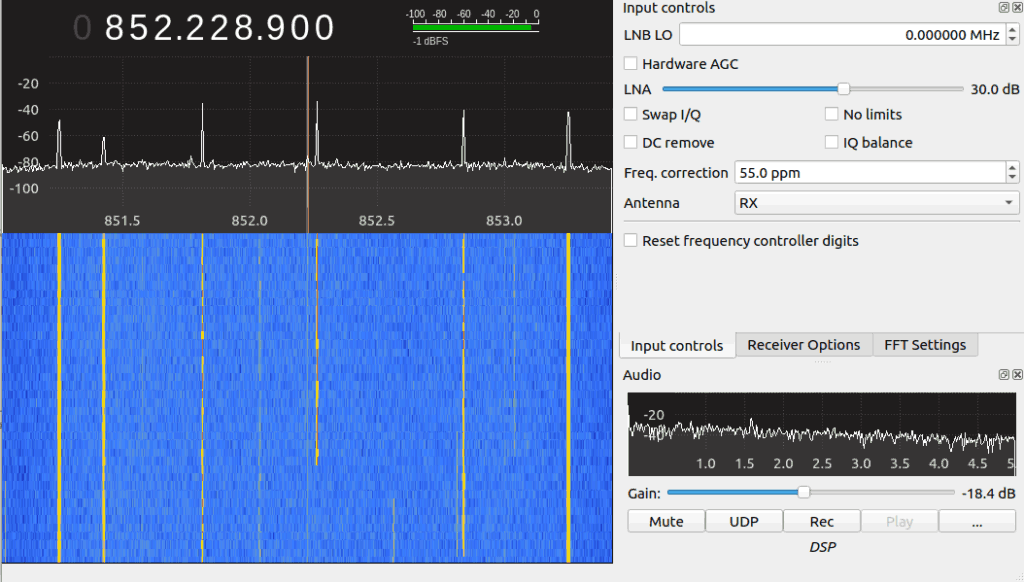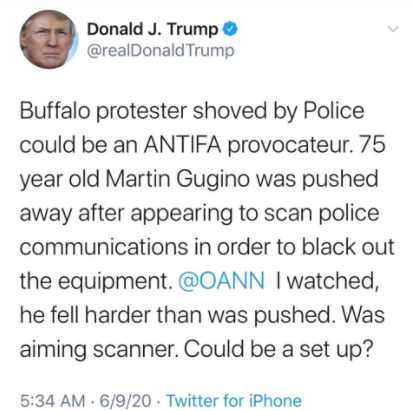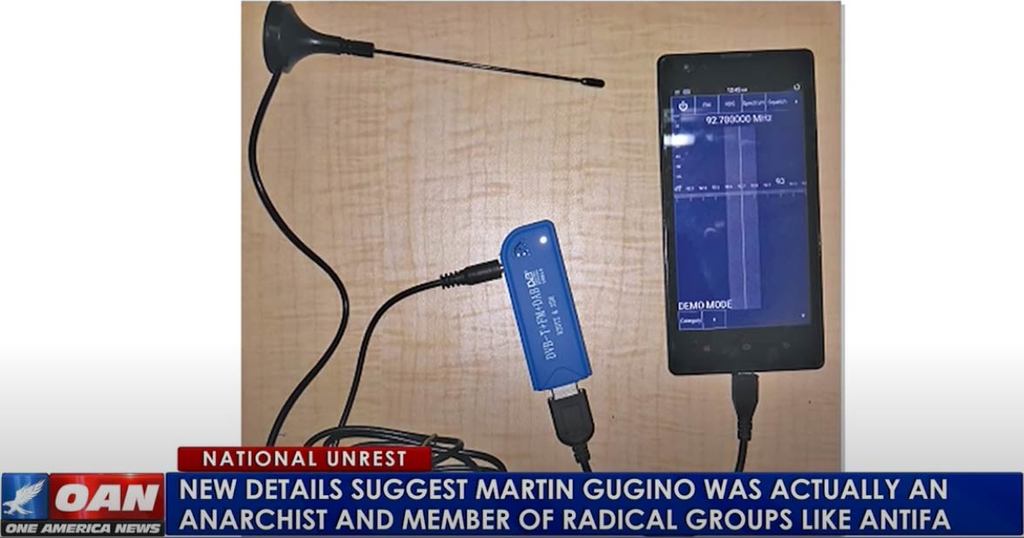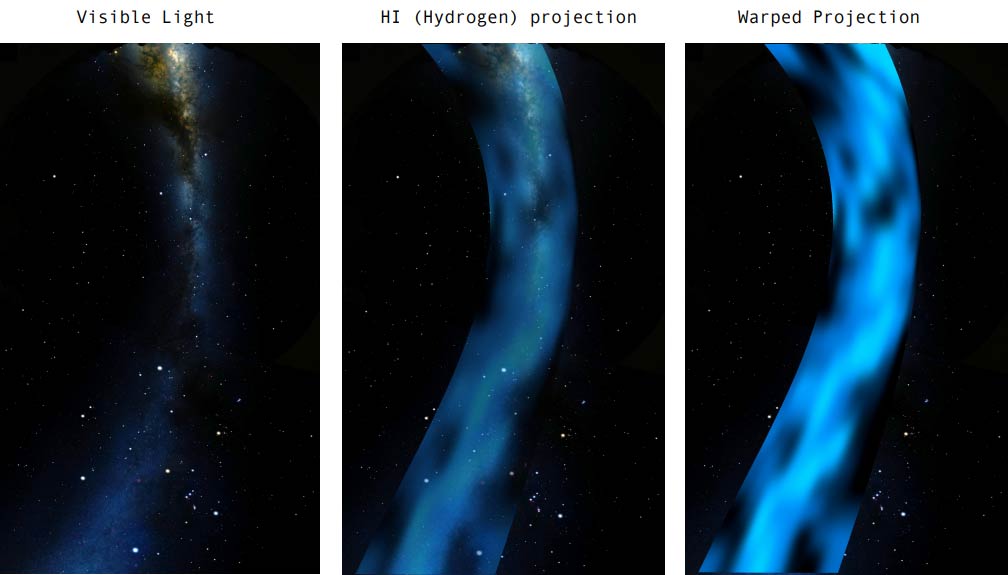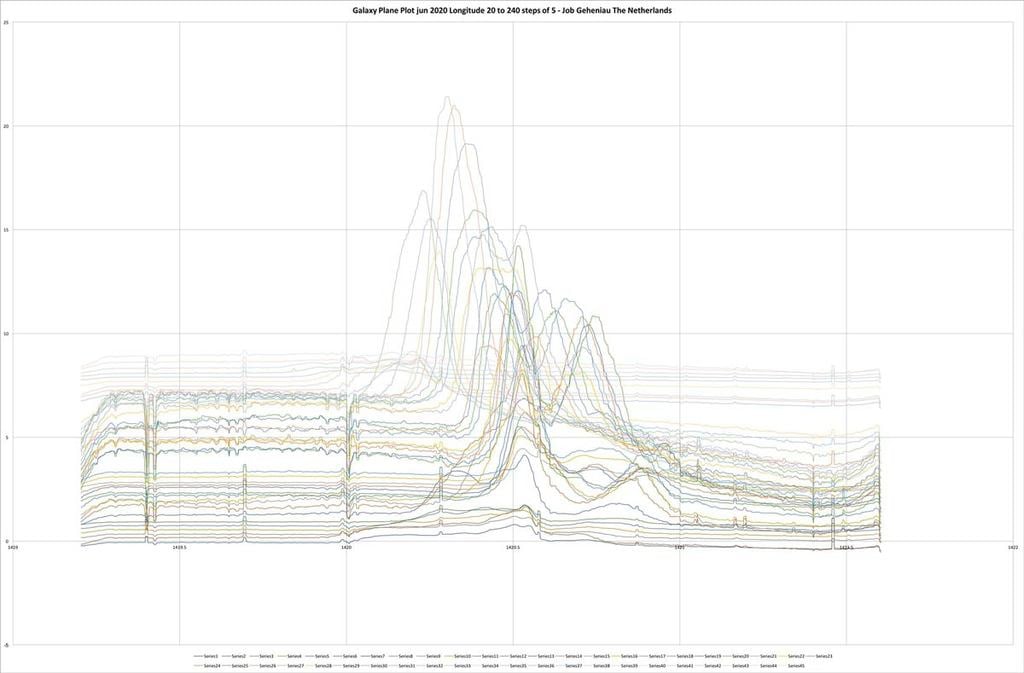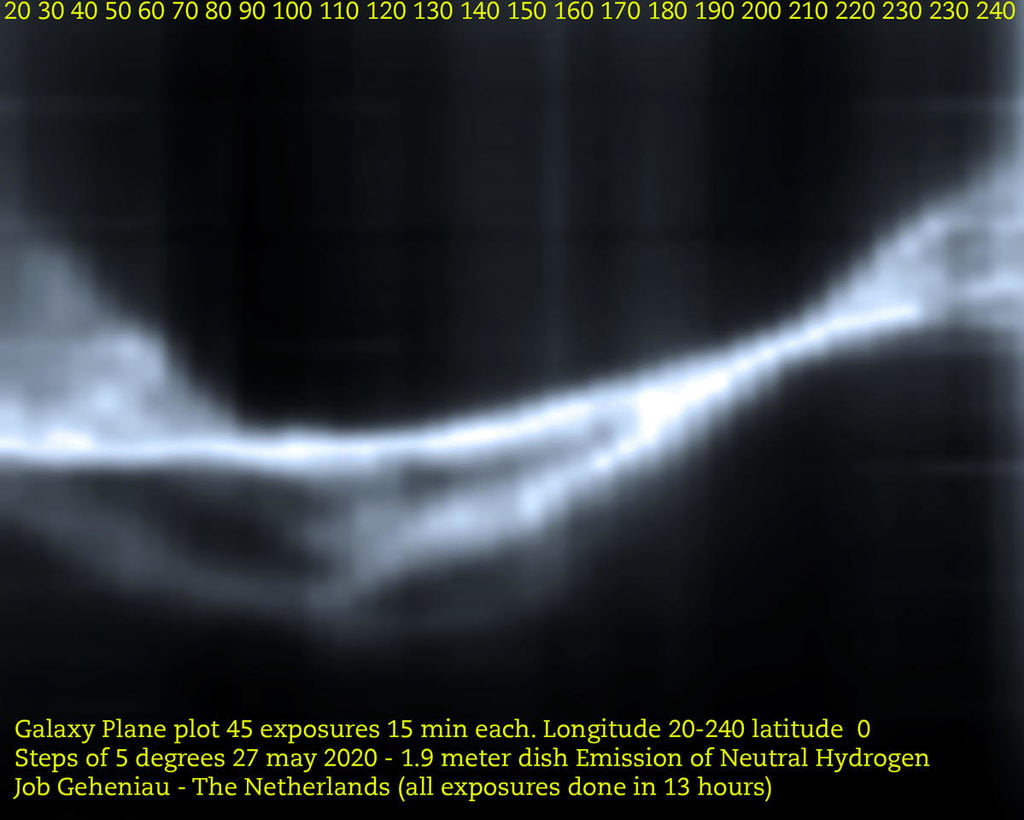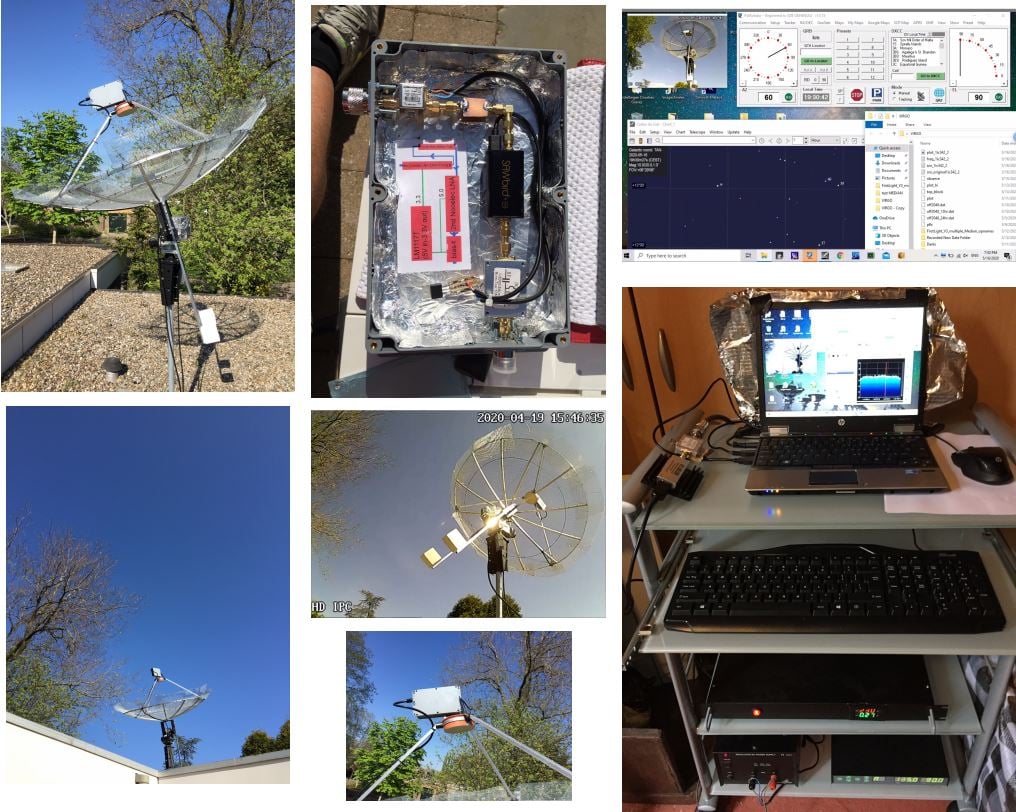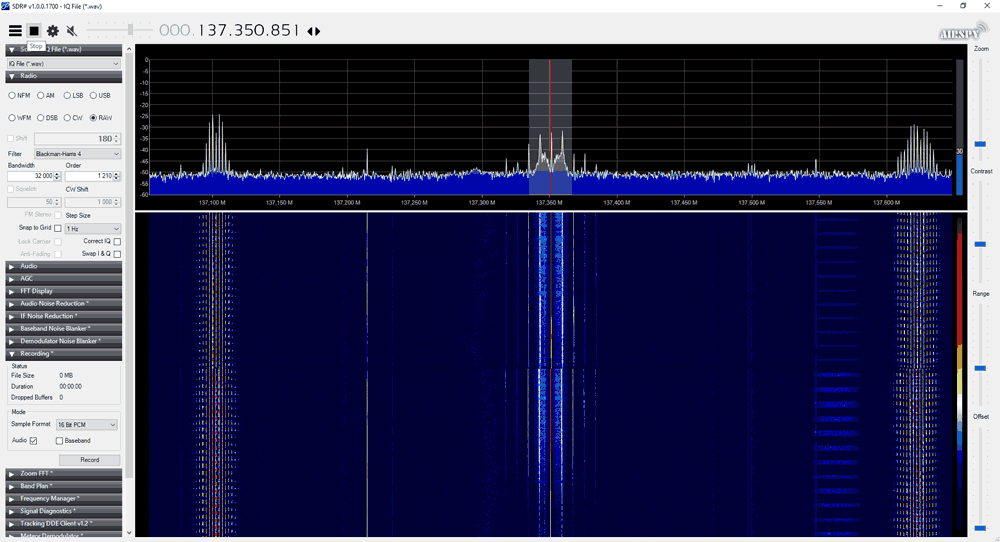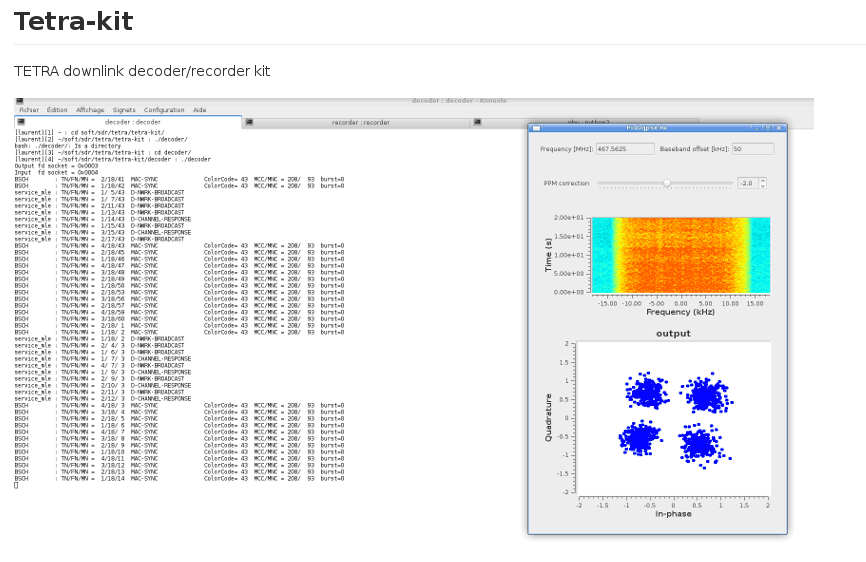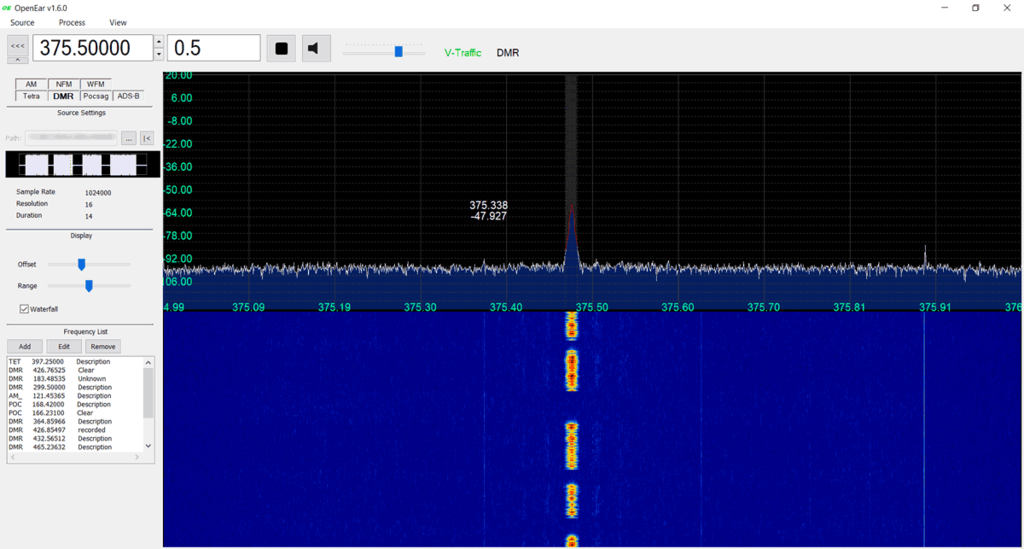An Art Project Involving GOES-16 & NOAA Weather Satellite Reception with SDR
As part of his Masters in Design Studies studies Daniel Tompkins created an art installation called "signs of life" which was focused around his interest in weather satellite reception with an SDR.
FM radio headphones were given out at the door. Each set was tuned beforehand to receive a broadcast from my pre-programmed station.
Visitors were then invited to walk around the room, contemplating the artifacts of the exhibit. A V-dipole at one end of the room captures the broadcast and displays a real-time spectrogram of the radio waves on a small display.
Across the room, a satellite dish points back, creating an alignment across the projected GOES-16 "full-disk" image animation of the Earth. Along the back wall, a few dozen images show demodulated signals from the NOAA 15/18/19 satellites as they passed over Cambridge, Massachusetts in the months of October and November 2018.
The experience demonstrated my interest in tapping into an invisible (wireless) environment of digital information. A USB, software-defined radio (SDR) dongle helped me reach the satellites.
In listening to the transmission, the visitors are engaging in a shared experience, but are somehow still alone and unable to communicate while wearing their headphones. The performance of the exhibition is designed to be a place which simulates the real disconnection of techno-humanity. The "reflecting pool" of the earth spinning on the floor might provide a metaphorical reflection of humanity and progress.

This installation reminds us of the "Holypager" live art piece which used a HackRF to receive and print out live pager messages with an aim to demonstrate the amount of personal data being sent publicly over pagers. Another related art piece was the "Ghosts in the Air Glow" project by Amanda Dawn Christie, which saw the HAARP Auroral research facility used to transmit various art pieces to be received from all over the world by people with HF radios.
